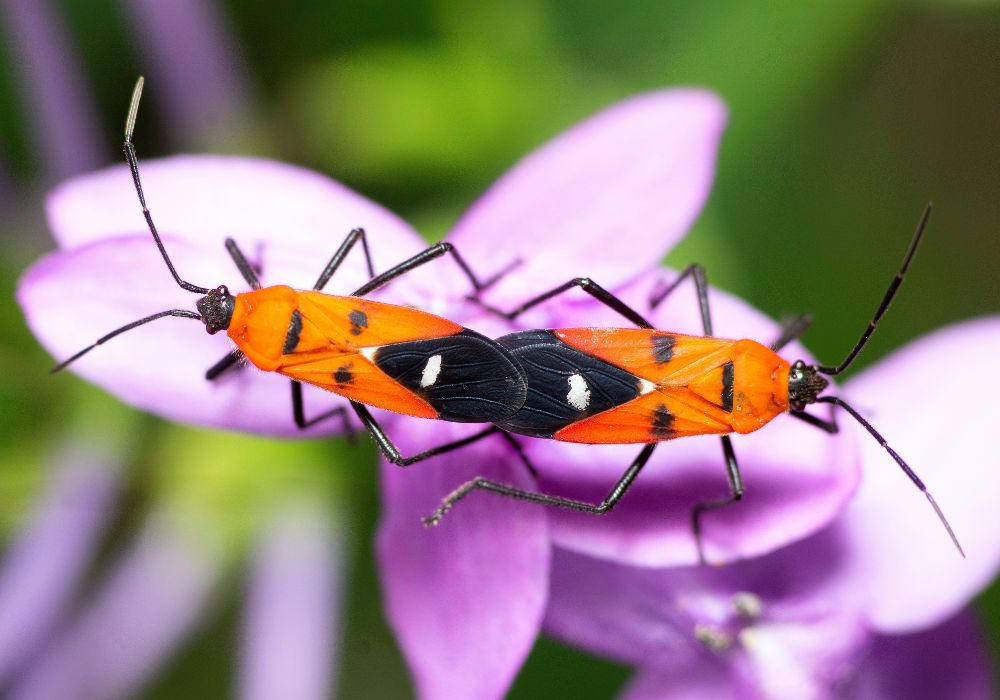
The Most Sustainable Ways to Understanding Animal Behavior: How to Identify and Prevent Aggressive Behavior
Animals, like humans, have their own unique personalities and behaviors. Understanding animal behavior is important for not only building a bond with them but also ensuring their well-being. Aggressive behavior is one of the most concerning types of behavior, as it can not only harm the animal but also pose a danger to humans. In this article, we will discuss the most sustainable ways to identify and prevent aggressive behavior in animals.
Observation and Understanding
The first step to understanding animal behavior is observation. Watching and studying the behavior of animals in their natural habitat or living environment can provide valuable insight into their personalities and actions. It is important to understand the context in which an animal is behaving aggressively. Is it provoked by a certain stimulus or environment, or is it just the animal’s innate behavior?
Additionally, understanding the specific species of animal can also provide important information about their behavior. Different animals have different instincts and communication methods, which can affect how they behave in certain situations. For example, a dog’s aggressive behavior may be linked to its territorial instinct, while a cat’s aggression may be linked to its predatory instinct.
Training and Socialization
Training and socialization are also important factors in preventing aggressive behavior in animals. Early socialization and exposure to different people, animals, and environments can help animals learn how to behave appropriately in different situations. For example, dogs that are exposed to different environments and people during their puppyhood are less likely to develop aggression towards strangers or other dogs.
Training can also help animals learn how to respond to certain situations in a non-aggressive manner. Positive reinforcement training, where animals are rewarded for good behavior, can help reinforce good behavior and discourage aggressive behavior. For example, dogs can be trained to sit or lie down when they feel threatened or uncomfortable, instead of lashing out aggressively.
Environmental Enrichment
Environmental enrichment is another important factor in preventing aggressive behavior in animals. Animals that are kept in an environment that does not meet their physical and psychological needs can become frustrated and exhibit aggressive behavior. Providing a stimulating and enriching environment for animals can help prevent aggression and promote their well-being.
Environmental enrichment can come in many forms, such as providing toys and puzzles for animals to play with, offering different types of food and treats, and providing opportunities for animals to engage in natural behaviors. For example, cats can be given scratching posts and climbing structures to satisfy their natural instincts, while dogs can be given toys that promote play and exercise.
Nutrition and Health
Nutrition and health are also important factors in preventing aggressive behavior in animals. A balanced and healthy diet can help animals maintain good physical and mental health, which can reduce the likelihood of aggressive behavior. For example, dogs that are fed a diet that is high in protein and low in carbohydrates are less likely to exhibit aggressive behavior.
Additionally, addressing any underlying health issues or medical conditions that may be causing pain or discomfort can also help prevent aggressive behavior. Animals that are in pain or discomfort may exhibit aggressive behavior as a way to protect themselves. By addressing these underlying issues, animals can feel more comfortable and less likely to act aggressively.
Conclusion
Understanding animal behavior is a crucial aspect of building a bond with animals and ensuring their well-being. Identifying and preventing aggressive behavior is particularly important, as it can pose a danger to both animals and humans. By observing and understanding the behavior of animals, providing training and socialization, offering environmental enrichment, and addressing nutrition and health issues, we can help prevent aggressive behavior in animals and promote their overall well-being.
TOP RATED ANIMAL CONTROL SERVICES IN NYC & NJ
Animal Control Trappers in NYC & NJ
Top Rated Animal Control Services
MAIN SERVICES
Related Blogs
The Most Sustainable Ways to Understanding Animal Behavior: How to Identify and Prevent Aggressive Behavior
The Most Sustainable Ways to Understanding Animal Behavior: How to Identify and Prevent Aggressive Behavior Animals, like humans, [...]
A Beginners Guide to How Animal Control Services Work: A Behind-the-Scenes Look at Daily Operations
A Beginners Guide to How Animal Control Services Work: A Behind-the-Scenes Look at Daily Operations Animal control services [...]



